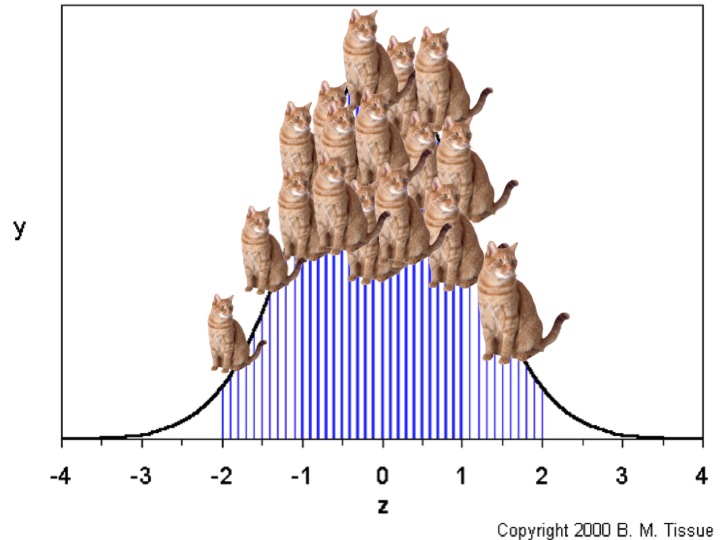
Good news for the Arctic! “I believe there will not be an oil spill”—this according to Ken Salazar, the nation’s Secretary of Interior and, now, environmental crystal-gazer. As someone still fretting about BP’s mess in the Gulf, I want to believe; but it’s hard. So let me back up.
Earlier this week, Secretary Salazar said it was “highly likely” that his agency would grant Shell Oil permits to begin drilling exploratory wells in Arctic waters north of Alaska, despite opposition from many environmental groups. While acknowledging the many challenges presented by such an operation, the Secretary recalled his department’s new permitting standards and expressed confidence in a new oil containment device that was recently tested in Washington’s Puget Sound.
Then: “I believe there will not be an oil spill. . . . If there is, I think the response capability is there to arrest the problem very quickly and minimize damage. If I were not confident that would happen, I would not let the permits go forward.”
I won’t dwell on the fact that Shell has faced more prosecutions for safety and environmental violations than any other major oil company drilling offshore in the North Sea. Or that last year the Coast Guard warned that if a spill occurred in the Arctic, “we’d have nothing. We’re starting from ground zero today.” Or that Secretary Salazar seemed equally impressed with the “remarkable” gee-whiz technology used in the Gulf of Mexico before it blew up. (President Obama was similarly smitten, boasting eighteen days before the blowout that “oil rigs today generally don’t cause spills.”)
Instead I want to focus on risk management and cats. (Stay with me now.)
When Secretary Salazar says he doesn’t believe there will be an oil spill, and if there is it can just be cleaned up, he’s ignoring how complex disasters actually unfold. In the BP Blowout, it wasn’t one thing that went wrong; dozens of things went wrong, from poor diagnostics to bad cementing to inadequate response resources to failed “top kills.” Often, these events feed on one another—as in a chain reaction—making the sum devastation much greater than that from any individual event.
In our textbook on disaster law, my co-author Dan Farber explains the challenge of predicting failure in a complex system by asking us to visualize cats. (Jim Chen and Lisa Grow Sun are also co-authors on this book.)
Explaining the “simple” system, Farber writes:
When an event is caused by a large number of random factors, the resulting probability distribution is often the famous bell-shaped curve . . . with most events bunched near the average and extreme outcomes fading away quickly. If the average cat weighs ten pounds, we can expect that most cats will be within a few pounds of the average and we can safely disregard the possibility of a two-hundred pound tabby.
A simple distribution looks like this:

However:
Complex systems . . . are often characterized by a different kind of statistical distribution called a “power law.” If feline weight were subject to a power law, we would find that the vast majority of cats were tiny or even microscopic but that thousand-pound house cats would cross our paths now and then. Under a power law, the possibility of freak outcomes, a one-ton [feline], weighs heavily in the analysis, often more heavily than the far more numerous “routine” outcomes, the tiny micro-cats. Indeed, a power law probability distribution makes it somewhat misleading to even talk about “typical” outcomes. . . . Extreme events are more likely in complex systems – obviously something that’s very relevant to disaster issues.
Thus:

So what kind of cat is Secretary Salazar’s department actually prepared for? A mewing fluff ball or something much bigger?
Robert Verchick, Gauthier-St. Martin Chair in Environmental Law, Loyola University, New Orleans. Bio.
| 1 This is the problem. Societies and planners don't want to talk bout the thousand pound house cat, much less plan for it. -- Sandy Rosenthal |